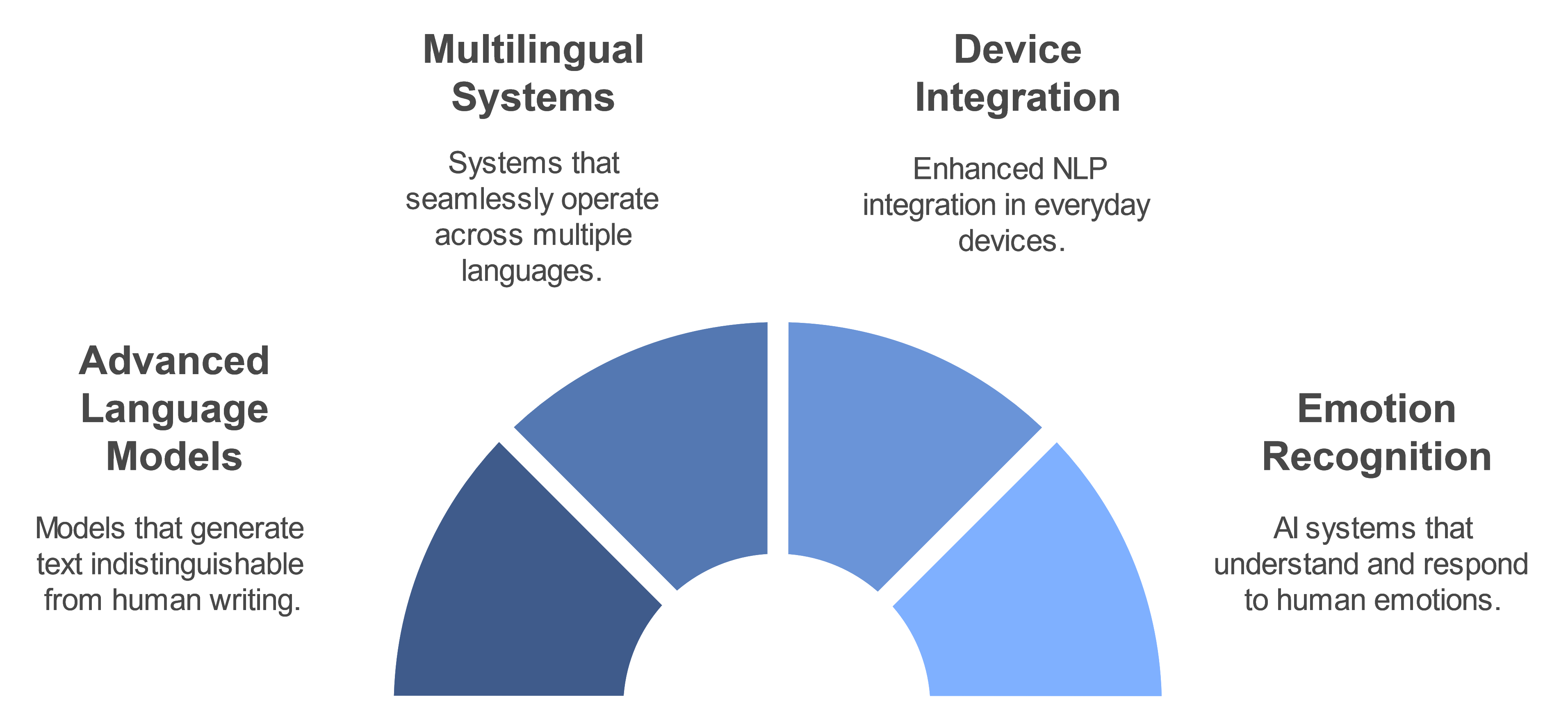Natural Language Processing
 HowAiWorks
HowAiWorks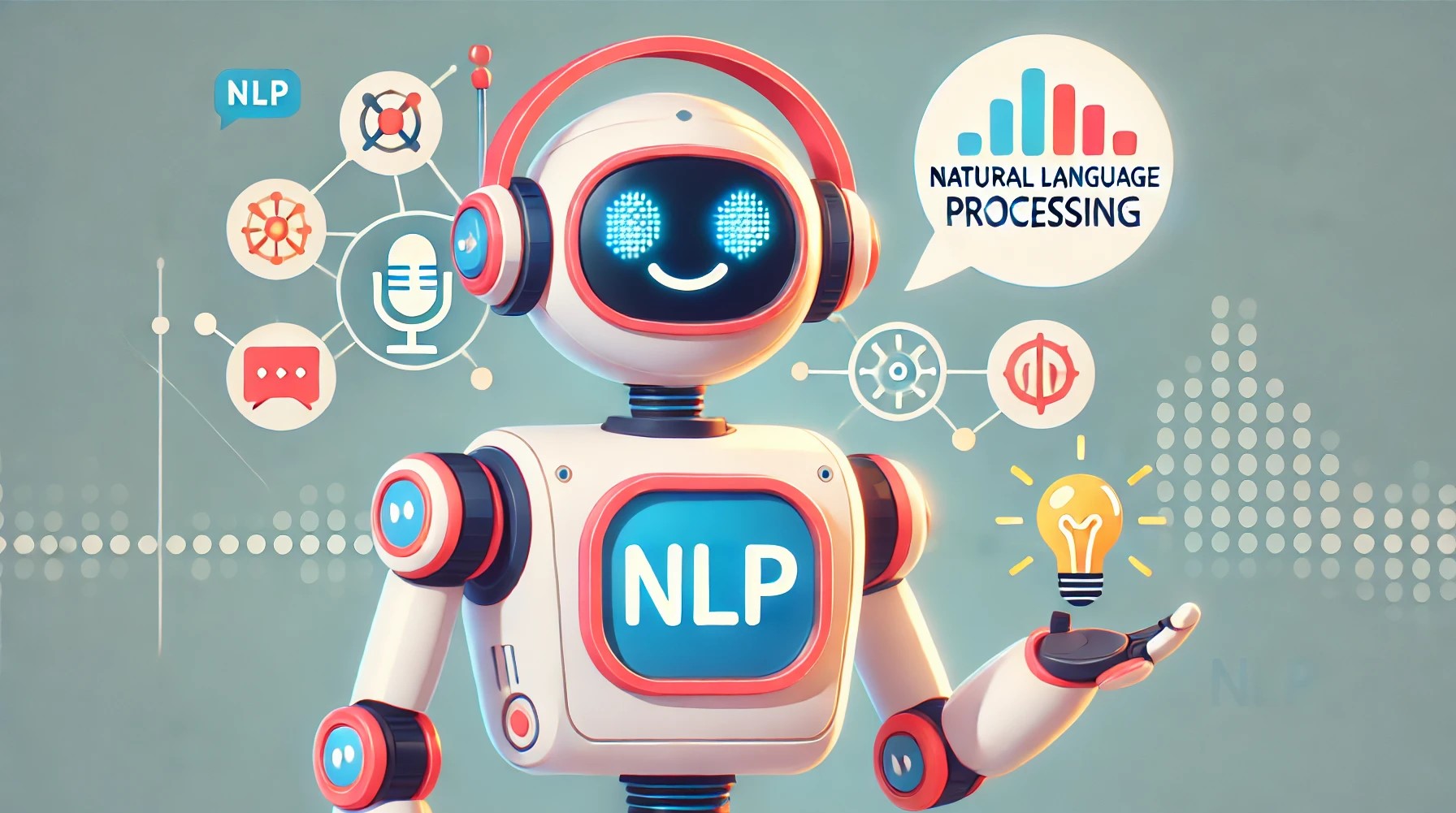
Communication is essential. The ability to communicate through language is what sets humans apart from other species. But we are no longer alone. Ever since the chatgpt 3 furore, everyone has realised that machines are learning to talk. How is that possible? This article gives a brief overview of the field and is informative for both beginners and AI experts.
What is Natural Language Processing?
Natural Language Processing focuses on the interaction between computers and human language. It blends computer science, linguistics, and machine learning to enable computers to process, analyze, and generate human language in meaningful and contextually appropriate ways. NLP aims to close the gap between human communication and computer understanding, paving the way for more intuitive interactions between people and machines.
NLP includes two main areas:

Natural Language Understanding (NLU): This area focuses on grasping the meaning and intent behind human language input.
Natural Language Generation (NLG): This involves creating human-like text or speech output based on data or input.
Key Elements of NLP
Natural Language Processing combines technical methods to help computers process text - from basic sentence structure to complex meanings. Modern NLP uses both traditional rules and data-driven approaches to turn human communication into something computers can understand and analyze. Here’s a breakdown of its key elements:
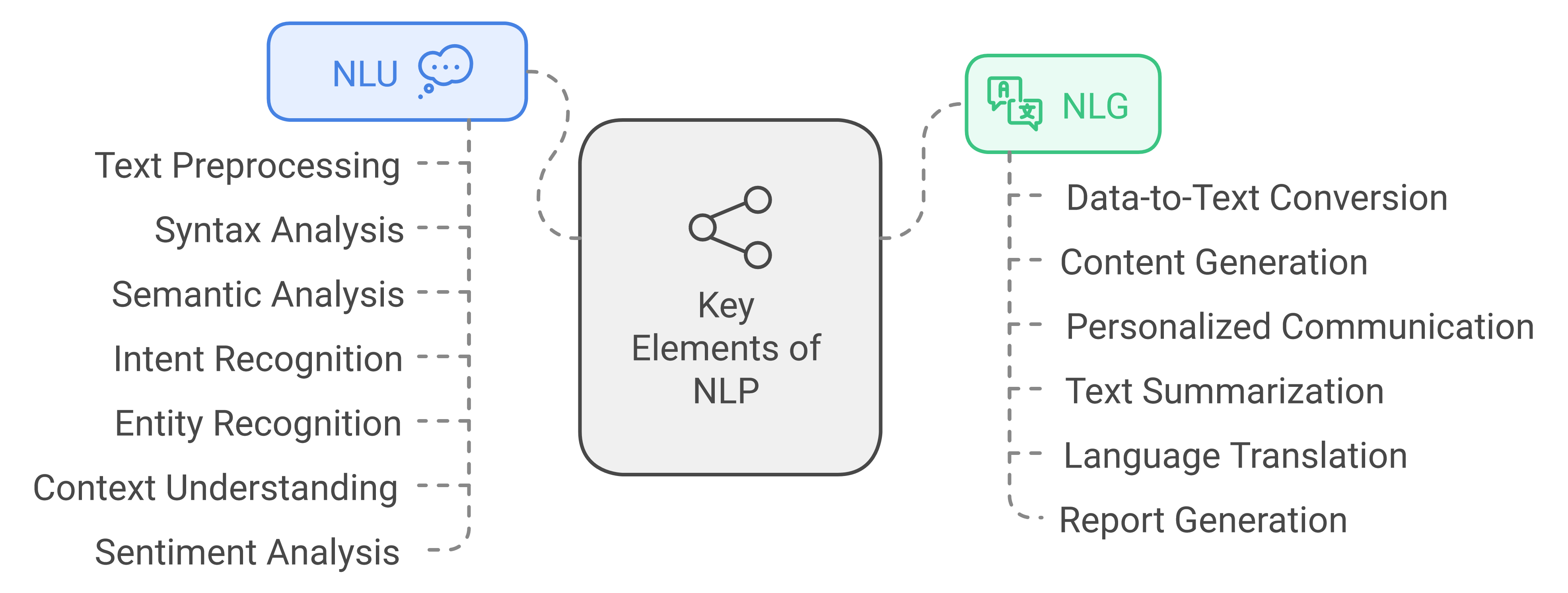
Real-World Applications of NLP
NLP has made its way into many applications across various industries. Its versatility has led to its integration in numerous aspects of our daily lives and business operations.
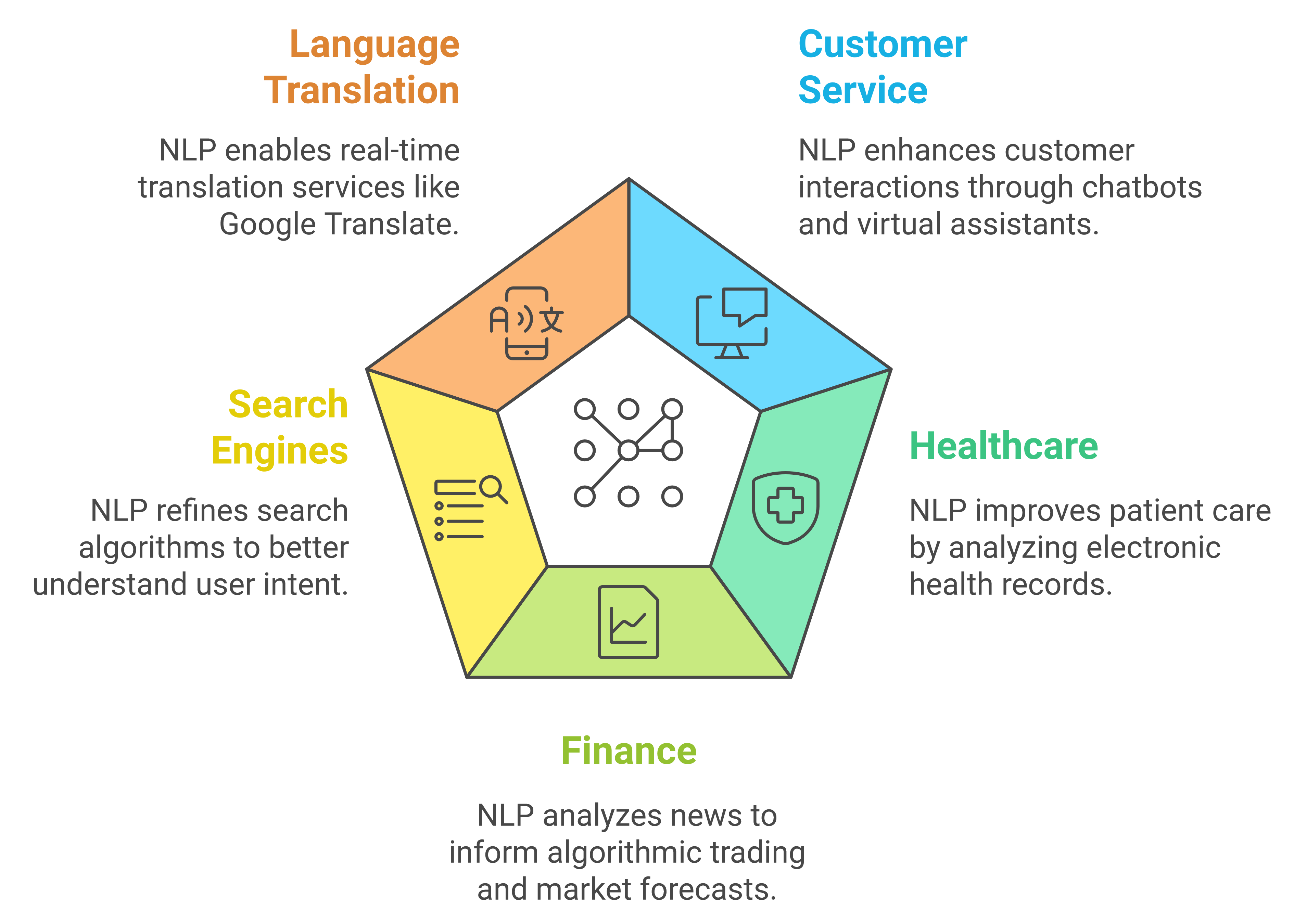
Stats and Facts
NLP has not only conquered various industries, but in the form of Large Language Models (LLMs) it has also become a huge part of our daily lives. Since then, how we communicate, work, and interact has been fundamentally transformed. This transformation is clearly evidenced by the explosive market growth from just 3,185.7 million U.S. dollars in 2017 to a projected 43,289.9 million by 2025, representing a more than thirteen-fold increase in market value over eight years.
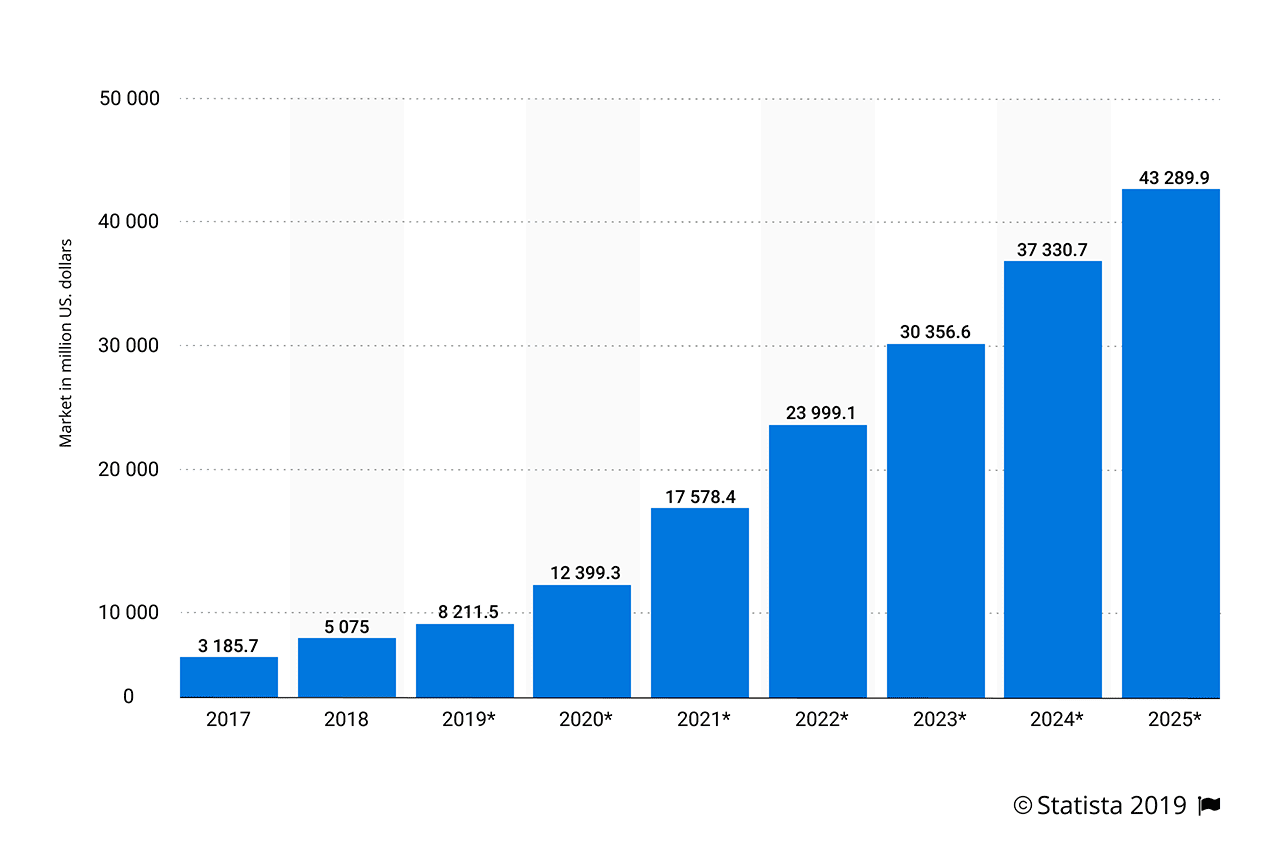
Career Options
This trend is leading to a variety of job opportunities across different sectors. Professionals who specialize in NLP are essential for developing systems that can understand and generate human language. Here are some of the key job roles that involve working with NLP:
Data Scientist
Data scientists analyse large data sets to extract insights and build predictive models. Because they often work with textual data, their toolset includes NLP techniques such as sentiment analysis and text classification.

Machine Learning Engineer
These engineers develop applications as chatbots. Part of their work is also model evaluation and deployment.
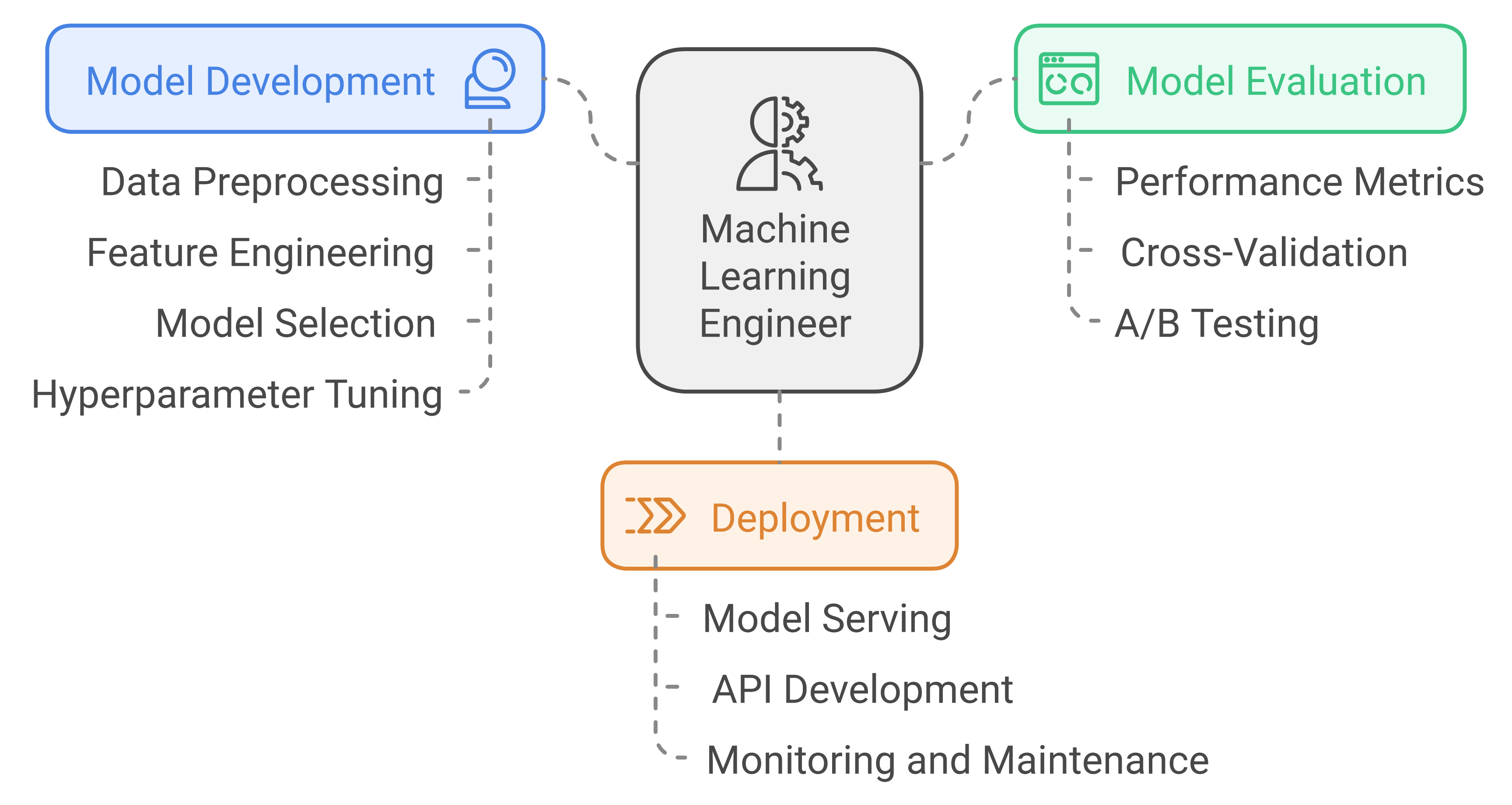
NLP Researchers
Research scientists in NLP conduct studies to advance the field's understanding and capabilities. They often publish papers and develop new algorithms or models that push the boundaries of what NLP can achieve. A great example is the publication "Attention is All You Need." This paper introduced the transformer model architecture, which is now the building block of all LLMs.
The Future of NLP
NLP is an exciting area of artificial intelligence and a major factor in its current hype. It is the bridge between man and machine and will therefore become increasingly important in the future. NLP is expected to continue to improve in the following areas and thus become more subtle in everyday life:
Enjoyed this article and want to learn more about artificial intelligence? Check out more articles on AI:
Sources
MIT Direct. (n.d.). Natural language processing: State of the art, current trends and challenges. https://direct.mit.edu/coli/article/48/1/1/107514/Natural-Language-Processing-State-of-The-Art
GeeksforGeeks. (2023). Introduction to natural language processing. https://www.geeksforgeeks.org/introduction-to-natural-language-processing/
Shaip. (2023). What is natural language processing (NLP)? https://www.shaip.com/blog/what-is-natural-language-processing-nlp/
Amazon Web Services. (n.d.). What is natural language processing? https://aws.amazon.com/what-is/nlp/
Jurafsky, D., & Martin, J. H. (2023). Speech and language processing: An introduction to natural language processing, computational linguistics, and speech recognition (3rd ed.). https://web.stanford.edu/~jurafsky/slp3/
Subscribe to my newsletter
Read articles from HowAiWorks directly inside your inbox. Subscribe to the newsletter, and don't miss out.
Written by

